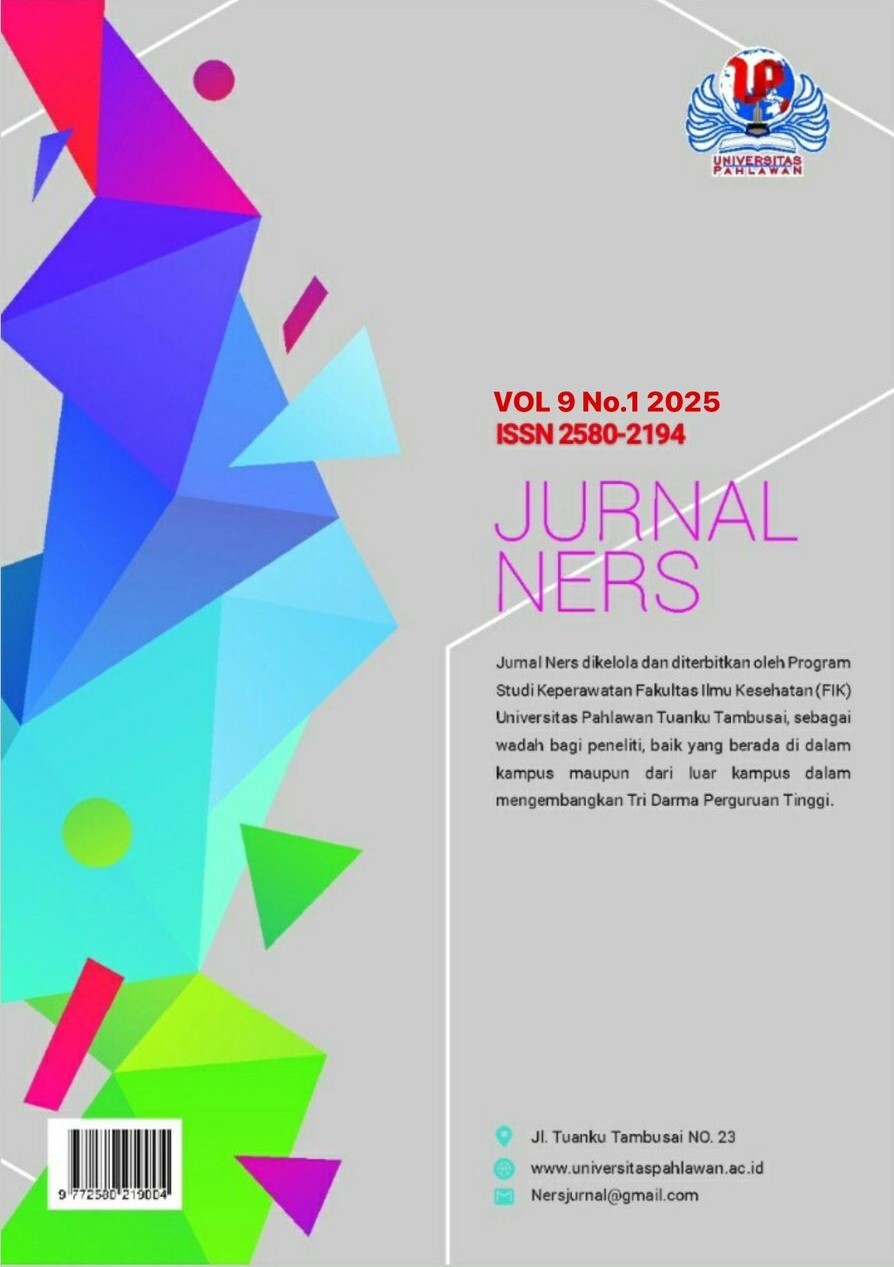Identification of Medicinal Plants In The Environment of Universitas Pahlawan Tuanku Tambusai
DOI:
https://doi.org/10.31004/jn.v9i1.30814Abstract
The research identification of medicinal plants was conducted in the environment of Universitas Pahlawan Tuanku Tambusai. Riau community has long known and utilized medicinal plants as traditional medicines, these medicinal plants have been used in traditional medicine for generations as an effort to maintain health, prevent disease, and care for health. Traditional medicinal plants serve as primary materials for traditional medicines and are acknowledged for their health benefits. The aim of this study was to classify medical plant species of medicinal plants. Data collection involved surveys and interviews, and the classification was carried out using herbarium methods. The results identified 20 species of medicinal plants across 14 families. Predominantly, these families were associated with the Zingiberaceae family, encompassing species such as Curcuma Domestica, Curcuma Xontoriza, Kaempferia Galanga, Renguas Galanga, Zingiber Officinale, Costus Speciosus. Parts of the plant used as medicine vary depending on the type of plant, the most widely used plant organs are leaves, rhizomes and roots.Downloads
Published
2024-11-21
How to Cite
Susanti, A., Z.R, Z. ., Mayasari, E. ., & Kusumayanti, E. . (2024). Identification of Medicinal Plants In The Environment of Universitas Pahlawan Tuanku Tambusai. Jurnal Ners, 9(1), 1050–1055. https://doi.org/10.31004/jn.v9i1.30814
Issue
Section
Articles
License
Copyright (c) 2024 Jurnal Ners

This work is licensed under a Creative Commons Attribution-ShareAlike 4.0 International License.
Authors who publish with this journal agree to the following terms: Authors retain copyright and grant the journal right of first publication with the work simultaneously licensed under a Creative Commons Attribution-ShareAlike 4.0 International License that allows others to share the work with an acknowledgement of the works authorship and initial publication in this journal. Authors are able to enter into separate, additional contractual arrangements for the non-exclusive distribution of the journals published version of the work (e.g., post it to an institutional repository or publish it in a book), with an acknowledgement of its initial publication in this journal. Authors are permitted and encouraged to post their work online (e.g., in institutional repositories or on their website) prior to and during the submission process, as it can lead to productive exchanges, as well as earlier and greater citation of published work (See The Effect of Open Access).







